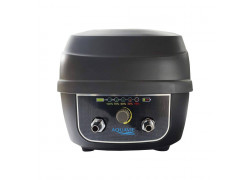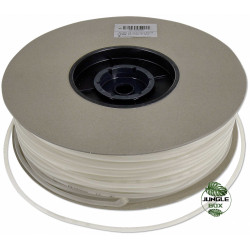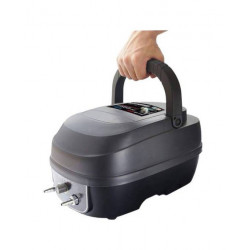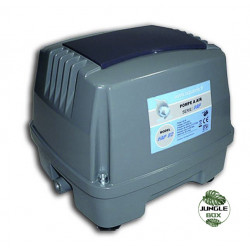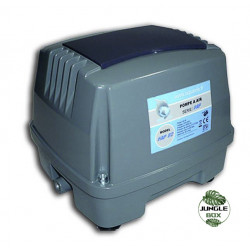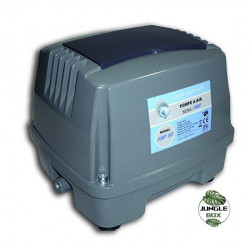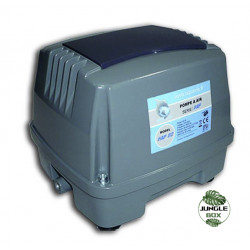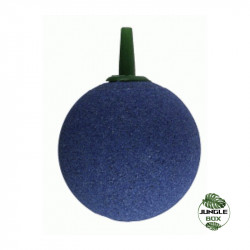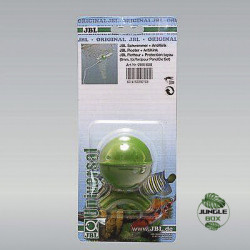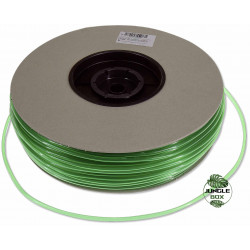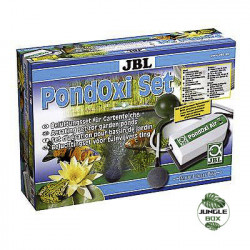Aération
Aeration of a pond is a vital process to maintain a healthy aquatic environment by providing oxygen to fish and promoting water circulation. Here are some key points about pond aeration:
-
Oxygenation: Pond aeration involves adding oxygen to the water, which is essential for fish respiration, decomposition of organic waste, and maintaining a healthy microbial community.
-
Oxygen Supply: Oxygen can be introduced into the water using air pumps, air diffusers, fountains, waterfalls, or surface agitators. These devices create movement and turbulence in the water, thereby promoting oxygen exchange with the air.
-
Reduction of Stratification: Aeration helps reduce thermal stratification of the water, where upper layers are warmer and less oxygenated than lower layers. This promotes more uniform distribution of oxygen throughout the pond.
-
Reduction of Waste Accumulation: Proper aeration helps prevent the accumulation of organic waste at the bottom of the pond by promoting its decomposition by aerobic bacteria.
-
Prevention of Issues: Aeration helps prevent issues such as fish suffocation due to lack of oxygen, algae proliferation, and poor water quality due to anaerobic decomposition of waste.
-
Size and Placement: The choice of aeration equipment depends on the size of the pond, water depth, and fish population. It's important to position aeration devices to ensure uniform distribution of oxygen throughout the pond.
In summary, pond aeration is a crucial aspect of managing the aquatic environment, ensuring the health and well-being of fish as well as the overall ecological balance of the aquatic system.
